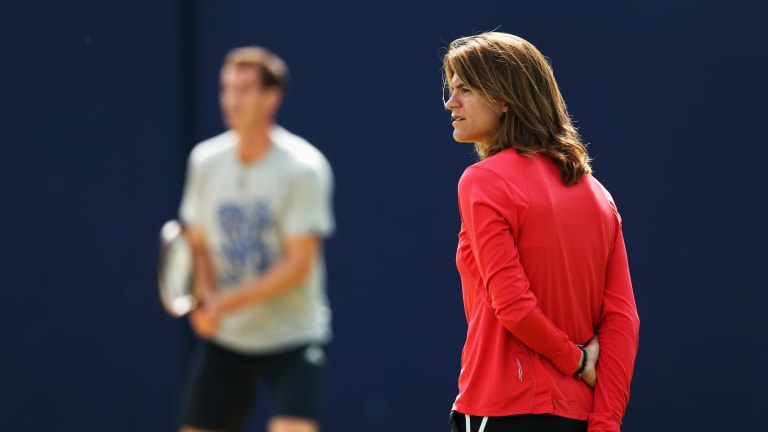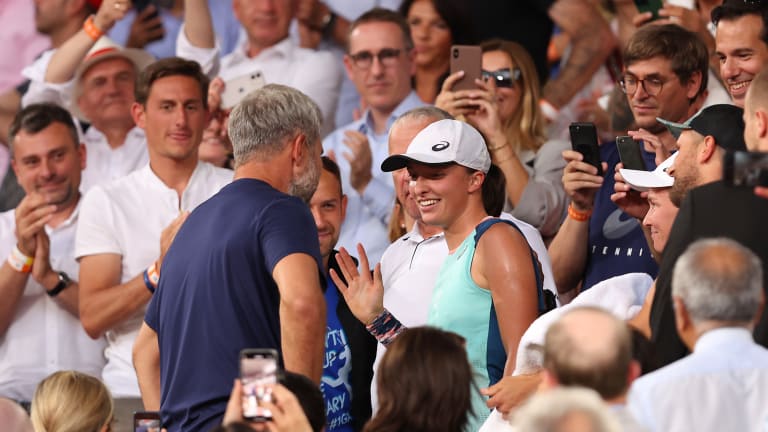Coach's Corner
For many reasons, few seats for women on the coaching carousel
By Nov 08, 2022Coach's Corner
Coaching carousel continues: Grigor Dimitrov, Daniel Vallverdu split for second time
By Dec 19, 2025Coach's Corner
Carlos Alcaraz announces shock split from longtime coach Juan Carlos Ferrero
By Dec 17, 2025Coach's Corner
Daniil Medvedev announces split from coach Gilles Cervara after dramatic US Open exit
By Aug 31, 2025Coach's Corner
Elena Rybakina on return of coach Stefano Vukov: “It’s just nice to see him in the box”
By Aug 30, 2025Coach's Corner
SPOTTED: Coco Gauff training with biomechanic coach Gavin MacMillan at US Open
By Aug 20, 2025Coach's Corner
Stefano Vukov, coach of Elena Rybakina, cleared by WTA Tour to return from suspension
By Aug 08, 2025Coach's Corner
SPOTTED: Diana Shnaider trains with Sascha Bajin, Emma Raducanu with Francisco Roig, in Cincinnati
By Aug 05, 2025Coach's Corner
SPOTTED: Naomi Osaka hits the court with coach Tomasz Wiktorowski in Montreal
By Jul 29, 2025Coach's Corner
Alexander Zverev gained inside track of himself as a player from Rafael Nadal during Mallorca visit
By Jul 29, 2025For many reasons, few seats for women on the coaching carousel
The WTA's new Coach Inclusion Program aims to attract and develop more female coaches. But will players and their advisors buy in?
Published Nov 08, 2022
Advertising
Advertising
Advertising

Not enough has changed in regards to women's coaching since Amelie Mauresmo coached Andy Murray, on either tour.
© 2014 Getty Images
Advertising

The reliance on male coaches is also a vestige of the days when a coach fulfilled many roles, including that of a hitting partner whose power and pace gave women a leg up on much of the competition.
© Getty Images
Advertising
Advertising

Iga Swiatek, celebrating with coach Tomasz Wiktorowski after winning her second French Open, has kept a relatively stable coaching team.
© Getty Images